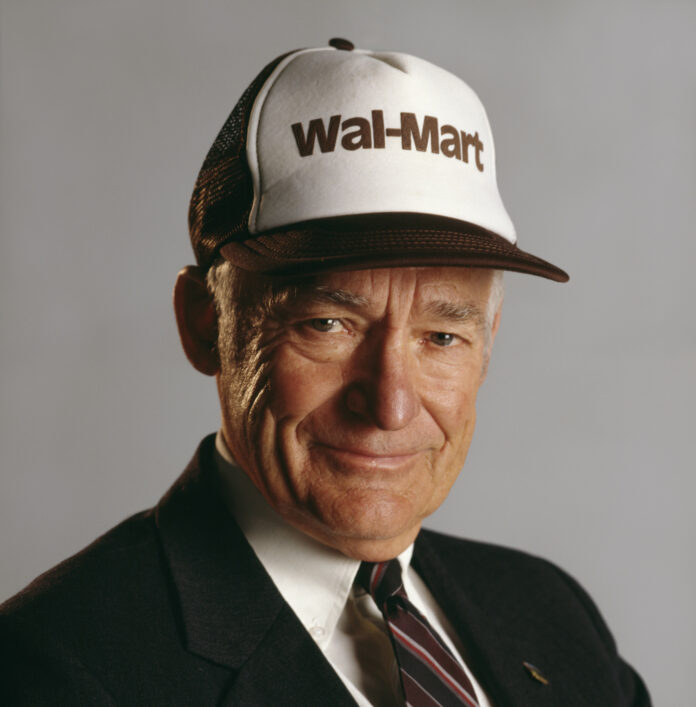Sam Walton- the billionaire was born on March 29, 1918, in Kingfisher, Oklahoma. Walton opened the first Wal-Mart in 1962, after years in the retail management business. The discount chain expanded internationally over the next 30 years, growing into the world’s largest company by 2010. Walton stepped down as CEO in 1988, at the age of 70. However, he remained active in the company until his death in 1992.
He built a small grocery store into the giant Walmart supermarket chain, amassing a fortune of over $23 billion, grew up during the Great Depression. Walton had numerous chores to help make financial ends meet for his family as was common at the time. He milked the family cow, bottled the surplus, and drove it to customers. Afterwards, he would deliver Columbia Daily Tribune newspapers on a paper route. In addition, he also sold magazine subscriptions. During his college, he worked various odd jobs, including waiting tables in exchange for meals. After graduation, he joined the US Army during the World War II. After the war, he left the military and started managing a variety store at the age of 26.
Making of his wealth
Following college, Walton got his first real taste of the retail world when took a job in Des Moines with the J.C. Penney Company, which was still a relatively small retailer. After serving as an Army captain in an intelligence unit during World War II, Walton returned to private life in 1945 and used a $25,000 loan from his father-in-law to acquire his first store, a Ben Franklin franchise in Newport, Arkansas. In less than two decades, Walton, working with his younger brother, James, came to own 15 Ben Franklin stores. But frustration over the management of the chain, in particular the decision to ignore Walton’s push to expand into rural communities, prompted him to strike out on his own.
He took a loan to buy his first store, and thanks to simple innovations in business, he soon bought his second store. Within 3 years, his sales volume grew to $225,000. In 1962 Walton opened his first Wal-Mart store in Rogers, Arkansas. Success was swift. By 1976 Wal-Mart was a publicly traded company with share value north of $176 million. By the early 1990s, Wal-Mart’s stock worth had jumped to $45 billion. In 1991 Wal-Mart surpassed Sears, Roebuck & Company to become the country’s largest retailer.
Even in the grips of a recession, Walton’s stores proved successful. In 1991, as the country was mired in an economic downturn, Wal-Mart increased sales by more than 40 percent. But that success also made Wal-Mart a target, especially for small-town merchants and other residents who argued the giant chain was wiping out a community’s smaller stores and downtown retail. The billionaire, however, tried to meet those fears head-on, promising jobs and donations to local charities, which the company often delivered in some fashion. Forbes ranked Sam Walton as the richest billionaire in the United States from 1982 to 1988. At the time of his death in 1992, he had 1,960 Wal-Mart stores. Furthermore,he employed 380,000 people and clocked annual sales of about $50 billion. In 1985 Forbes named Walton the wealthiest billionaire in the United States of America.
His death
Over the last several years of his life, Walton suffered from two types of cancer: hairy-cell leukemia and bone marrow cancer. He died of the latter on April 5, 1992, at the University of Arkansas Medical Sciences Hospital in Little Rock, Arkansas. Just a month before his death, Walton was honored by President George H.W. Bush with the Presidential Medal of Freedom.








